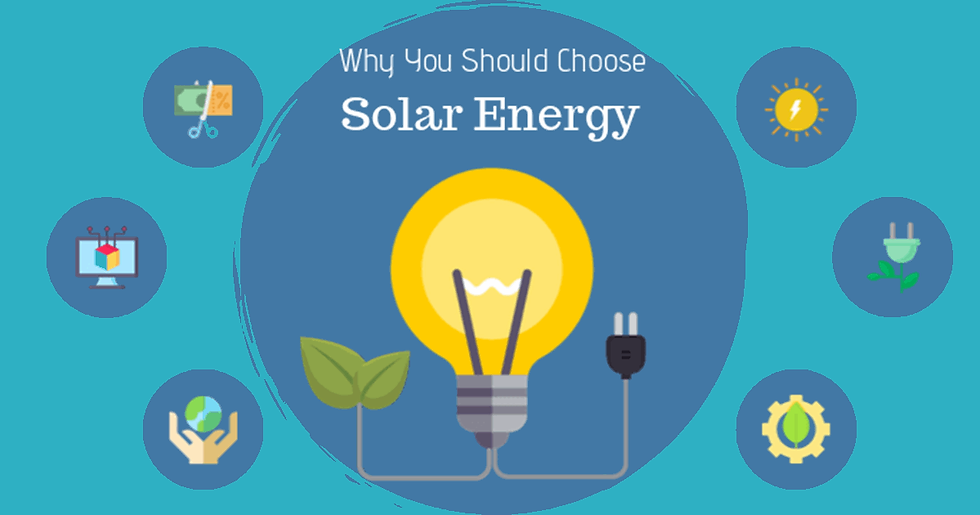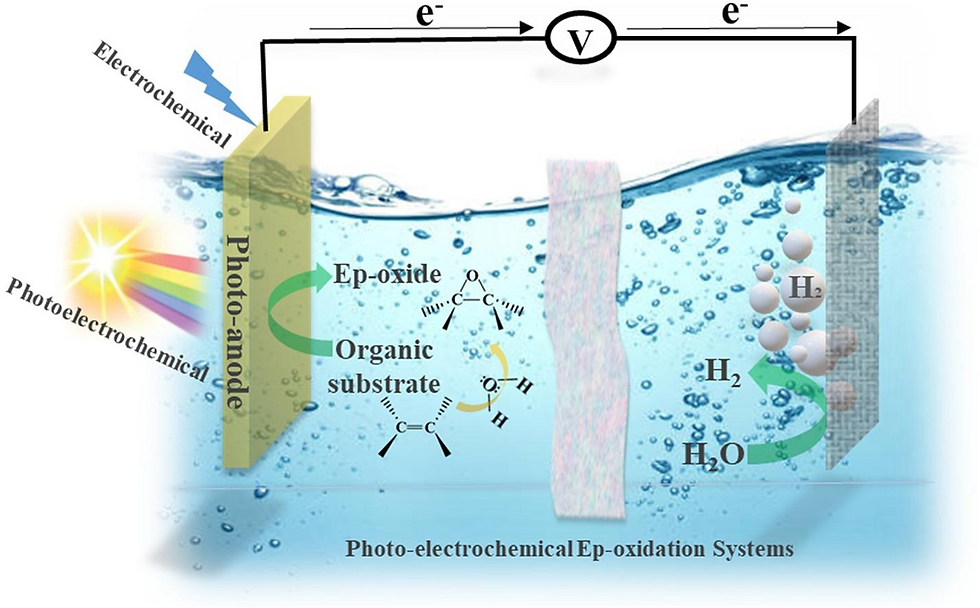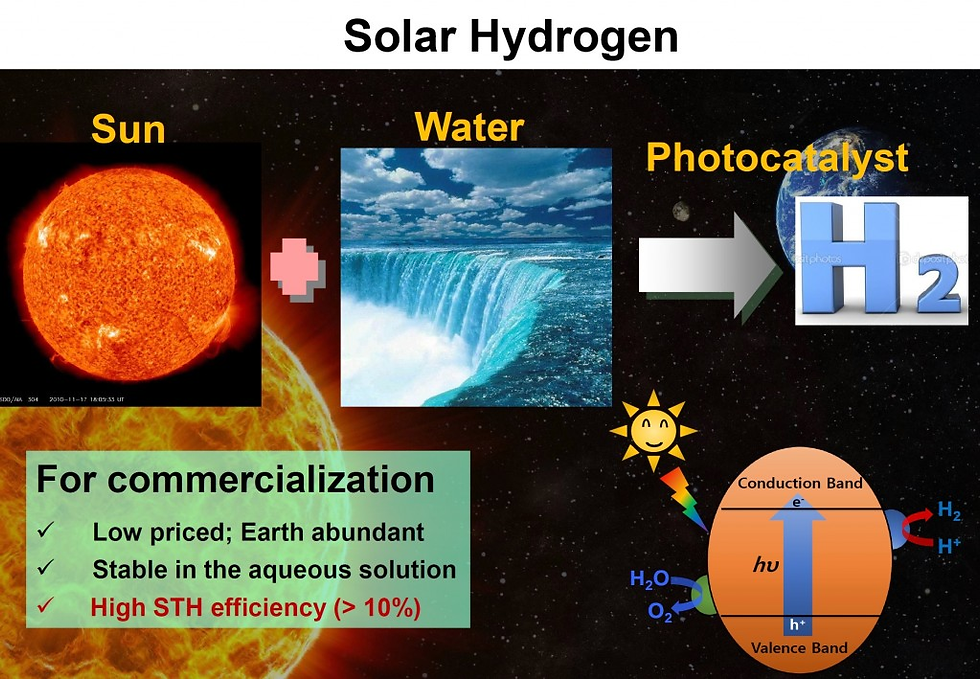Creativity with Solar Energy
- zohrehmasoumi17
- Apr 27, 2022
- 2 min read
Updated: May 3, 2022
Research Topics
Artificial photosynthesis
Photoelectrochemical
Photocatalysis
Solar hydrogen
Solar Fuel

The world energy consumption is growing rapidly, and experts estimated that we will need ~30 terawatts (TW) in 2050 (46 TW in 2100), which is almost double the current energy requirement (~16 TW). However, fossil fuels are limited in supply to support such a high energy demand continuously, and their combustion produce large amount of carbon dioxide (CO2), which causes serious environmental effect (e.g., global warming). Hydrogen recently received much attention as a form of storing energy (i.e., fuel), as it is potentially clean (no CO2 release when used in a fuel cell) and has a very high specific energy density (142 MJ/kg). Ironically, due to economical reason, hydrogen is now mostly produced by steam reforming method, which consumes fossil fuels and releases CO2. Thus, for the premise of hydrogen being clean and sustainable to hold, renewable energy source, such as solar energy (~ 89 PW); which exceeds the world energy consumption by more than 5,000 times, needs to be utilized in the production of hydrogen. To this end, our group will work on solar water splitting for hydrogen production using photocatalyst. We will also focus on solar CO2 conversion into valuable fuels like CH4 and CH3OH and so on with it.
“Using solar energy can have a positive, indirect effect on the environment when solar energy replaces or reduces the use of other energy sources that have larger effects on the environment.”

For the solar water splitting with photocatalyst, it requires energy of 1.6~2.4 eV considering kinetic overpotential of both hydrogen and oxygen evolution reactions. And CO2 reduction even requires higher energy than water splitting. Thus semiconductor (photocatalyst) for water splitting and CO2 reduction should have the band gap above 1.6 eV (usually 2.0 eV), which cannot utilize long wavelength of visible light and infrared (IR). This portion is actually more than 50~90% of solar spectrum. While most of the research groups make efforts to increase the solar-to-fuel conversion efficiency in this restricted solar spectrum, our group will concentrate on to extend the use of solar spectrum with quantum PEC approach.



Comments